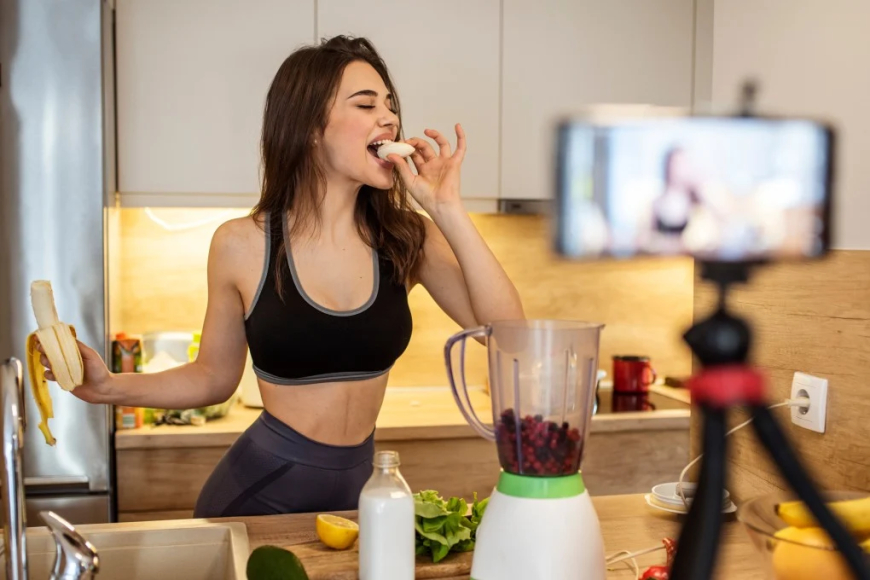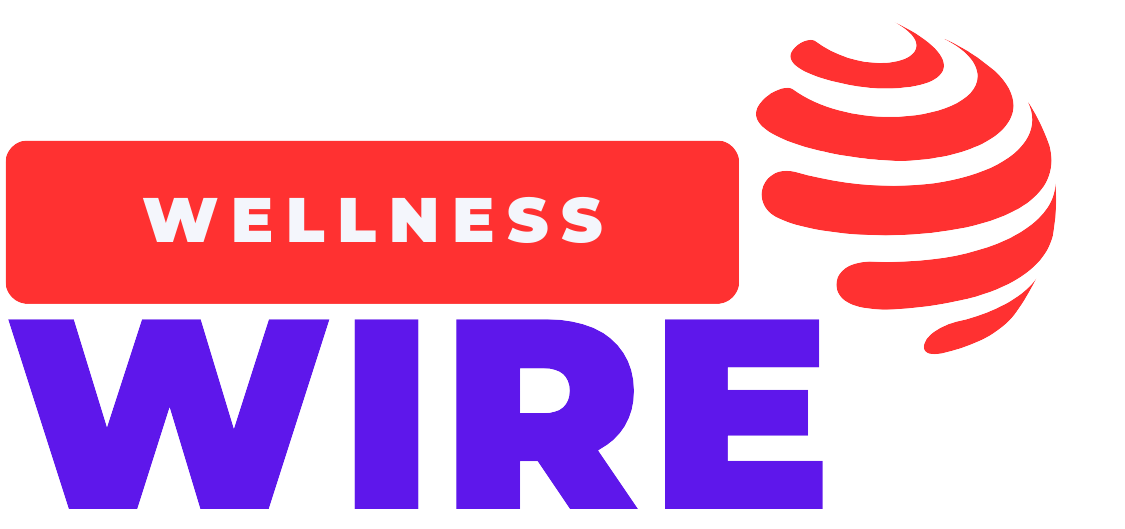The Hidden Dangers of TikTok’s ‘Wellness’ Trends: How Thin-Coded Messaging Fuels Diet Culture
TikTok’s latest wellness trends disguise diet culture as self-care. Discover how thin-coded wellness reinforces unrealistic beauty standards and what to watch out for.

In recent years, TikTok has become a major influence in shaping health and wellness conversations. While some trends promote genuine well-being, others subtly reinforce toxic diet culture under the guise of "anti-inflammatory eating," "gut health," and "longevity hacks." This phenomenon, known as thin-coded wellness, promotes a narrow beauty standard, often prioritizing thinness over true health.
But what exactly is thin-coded wellness, and why is it problematic? Let’s break it down.
What is Thin-Coded Wellness?
Thin-coded wellness refers to health and fitness trends that disguise weight loss ideals as self-care. While the language used focuses on improving digestion, reducing bloating, or enhancing longevity, the underlying message remains the same: thin = healthy.
On TikTok, influencers regularly share morning routines, "what I eat in a day" videos, and detox challenges that subtly push restrictive eating habits. Many of these trends exclude larger bodies from the wellness conversation, making it seem like true well-being is only achievable through extreme discipline, food restriction, and excessive exercise.
Example: The "girl dinner" trend—a social media phenomenon where users share meals that consist of tiny portions of foods like cheese, crackers, and vegetables—has been criticized for glorifying under-eating while being framed as a quirky, effortless lifestyle choice.
How Thin-Coded Trends Take Over TikTok
1. The Obsession with “Gut Health” and “Anti-Inflammatory” Diets
In recent months, gut health has become a major topic on TikTok. While gut health is important, many of these conversations push extremely restrictive diets that eliminate entire food groups, mimicking older diet trends like clean eating and low-carb fads.
? Harvard Health warns against extreme gut-health diets, stating that over-restriction can lead to nutrient deficiencies and disordered eating habits.
Reality Check: True gut health isn’t about cutting out entire food groups but rather focusing on diversity in diet and consuming fiber-rich foods like whole grains, legumes, and fermented foods.
2. The “Detox” and Bloating Fixation
Wellness influencers often promote detox drinks, teas, and supplements that claim to "de-bloat" and cleanse the body. Many of these products contain laxatives and diuretics, which can lead to dehydration, digestive issues, and long-term gut damage.
? A study from Johns Hopkins Medicine debunks the idea of detoxing, explaining that the liver and kidneys already detoxify the body naturally—no special teas or juice cleanses required.
Reality Check: Bloating is a natural digestive process and doesn’t mean you’re unhealthy. Instead of detox teas, focus on hydration, fiber intake, and mindful eating habits.
3. The “That Girl” Aesthetic and Unrealistic Wellness Goals
The That Girl trend romanticizes waking up at 5 AM, drinking matcha, journaling, working out twice a day, and eating ultra-clean meals. While self-improvement is great, this trend creates unrealistic expectations and subtly implies that wellness is only for those who fit a specific (thin, wealthy, aesthetically curated) mold.
? Psychology Today explains that these trends can contribute to feelings of inadequacy and disordered behaviors, particularly in young women who struggle to meet these high standards.
Reality Check: True wellness is about balance and sustainability—not perfection. It’s okay to miss a workout, eat dessert, and prioritize rest.
The Impact of Thin-Coded Wellness on Mental and Physical Health
Thin-coded trends blur the line between self-care and self-restriction, making it difficult for users—especially young audiences—to separate wellness from diet culture. The constant exposure to weight-focused messaging can contribute to:
- Body dissatisfaction and negative self-image
- Disordered eating patterns, such as food guilt and binge-restrict cycles
- Mental health struggles, including anxiety and low self-esteem
? The National Eating Disorders Association (NEDA) reports that social media plays a significant role in the rise of eating disorders, particularly among teenagers.
How to Recognize and Avoid Thin-Coded Wellness Traps
- Question the language used. If a trend prioritizes appearance over function, it may be diet culture in disguise.
- Look for diversity. If all the influencers promoting a trend look the same (thin, young, white), the advice may not be inclusive or realistic for everyone.
- Check for scientific backing. Wellness trends should be supported by credible sources, not just anecdotal experiences.
- Listen to your body. True health isn’t about restriction—it’s about nourishment, flexibility, and sustainability.
? Want expert-backed advice on sustainable nutrition and health? Check out resources from Academy of Nutrition and Dietetics.
Final Thoughts: Wellness Shouldn’t Be About Shrinking Yourself
TikTok’s wellness trends are constantly evolving, but the underlying message remains: Thinness is often subtly framed as the ultimate goal. This kind of messaging excludes diverse body types and promotes unrealistic health expectations.
Real wellness isn’t about detoxes, restrictive diets, or aesthetics—it’s about how you feel, how you move, and how you nourish your body in a sustainable way. Before following a TikTok health trend, ask yourself: Does this actually serve my well-being, or is it just another diet in disguise?
What's Your Reaction?
 Like
0
Like
0
 Dislike
0
Dislike
0
 Love
0
Love
0
 Funny
0
Funny
0
 Angry
0
Angry
0
 Sad
0
Sad
0
 Wow
0
Wow
0



















































